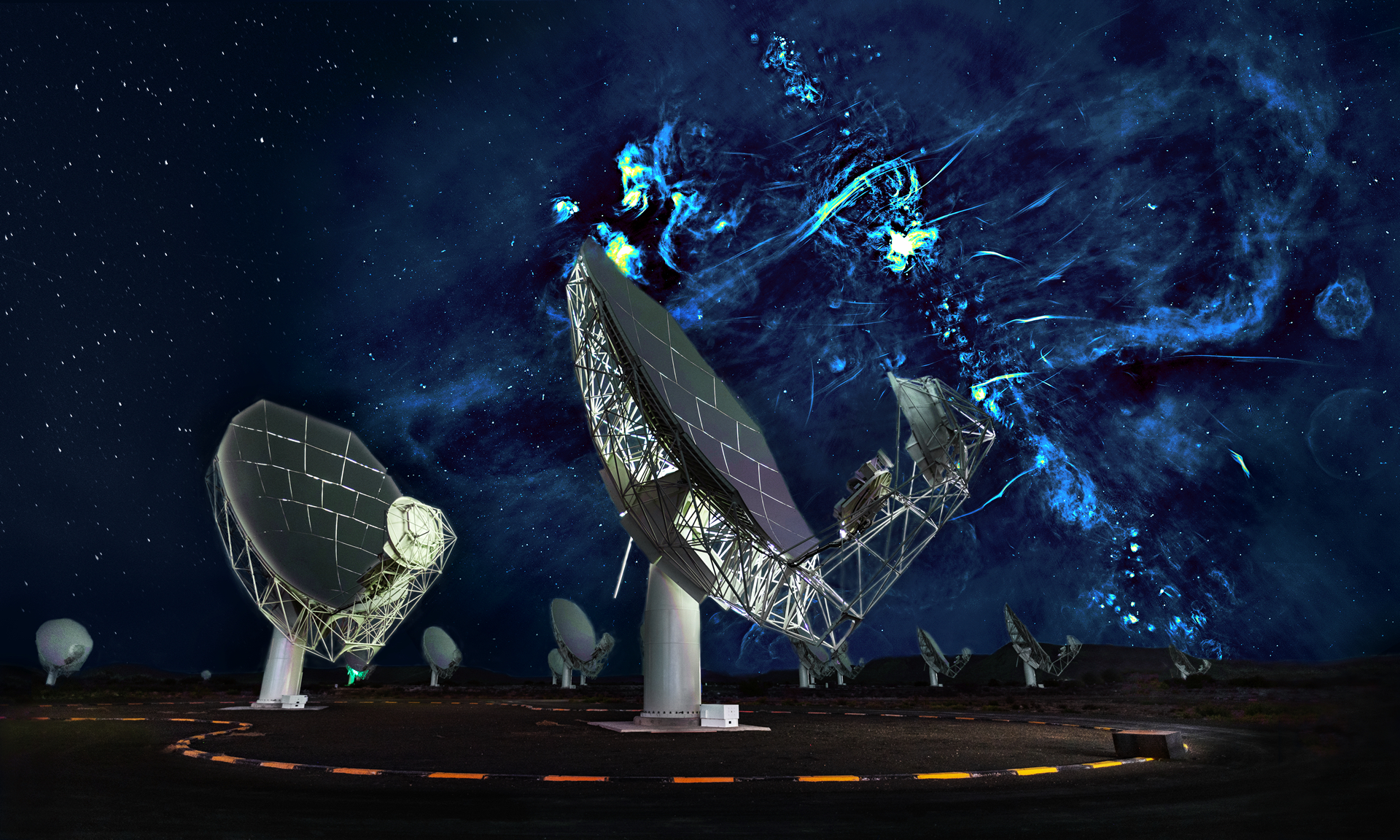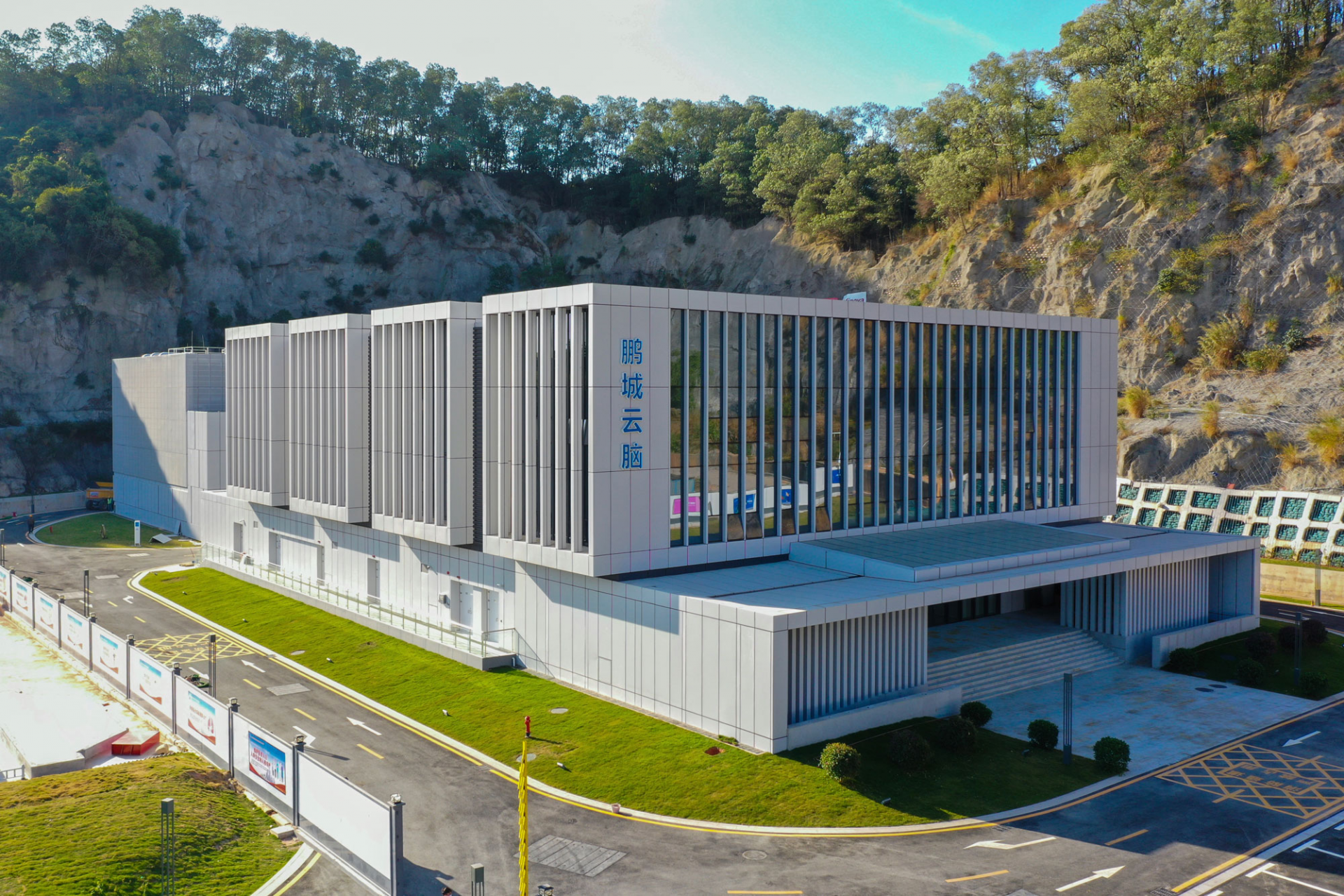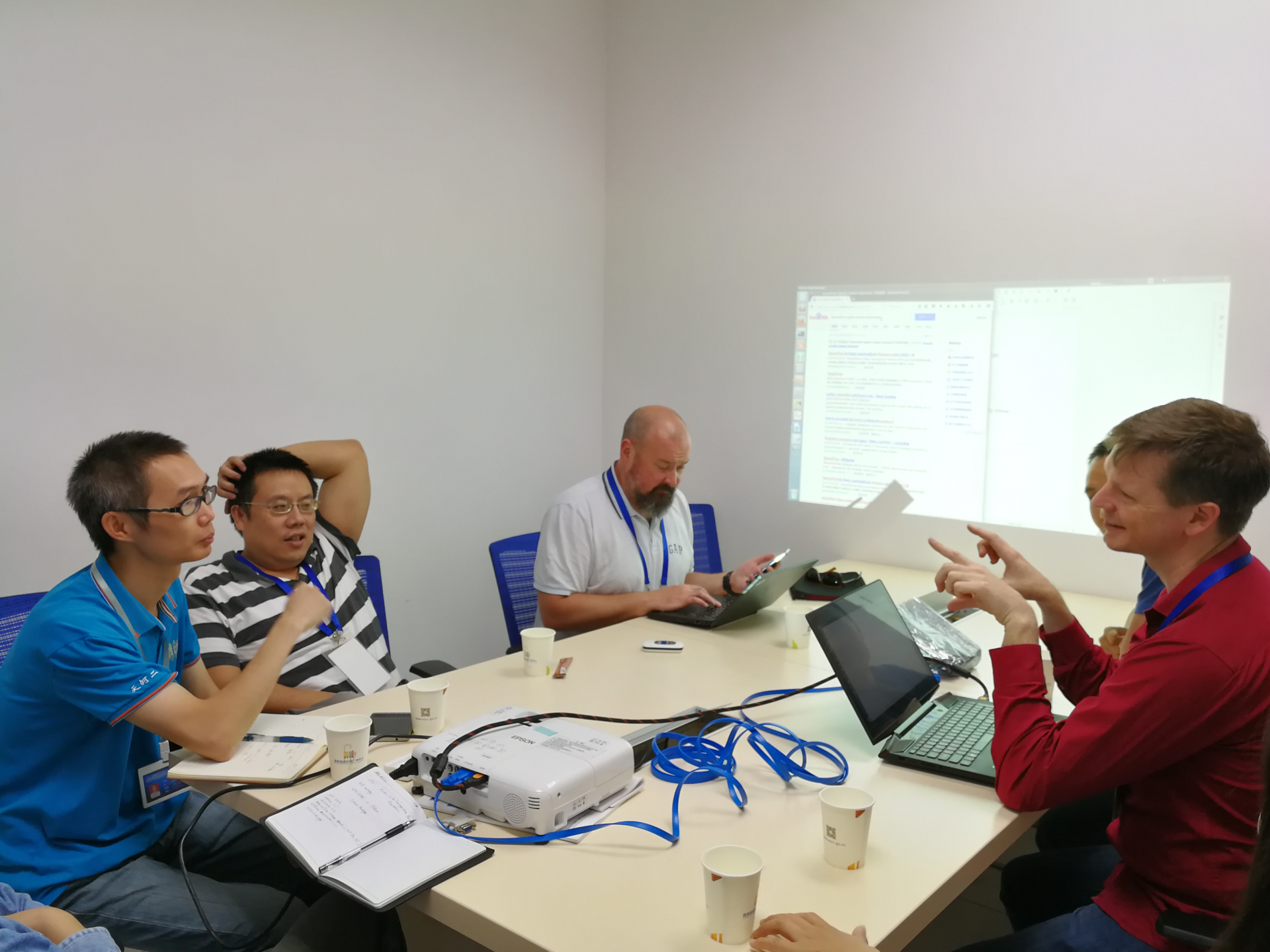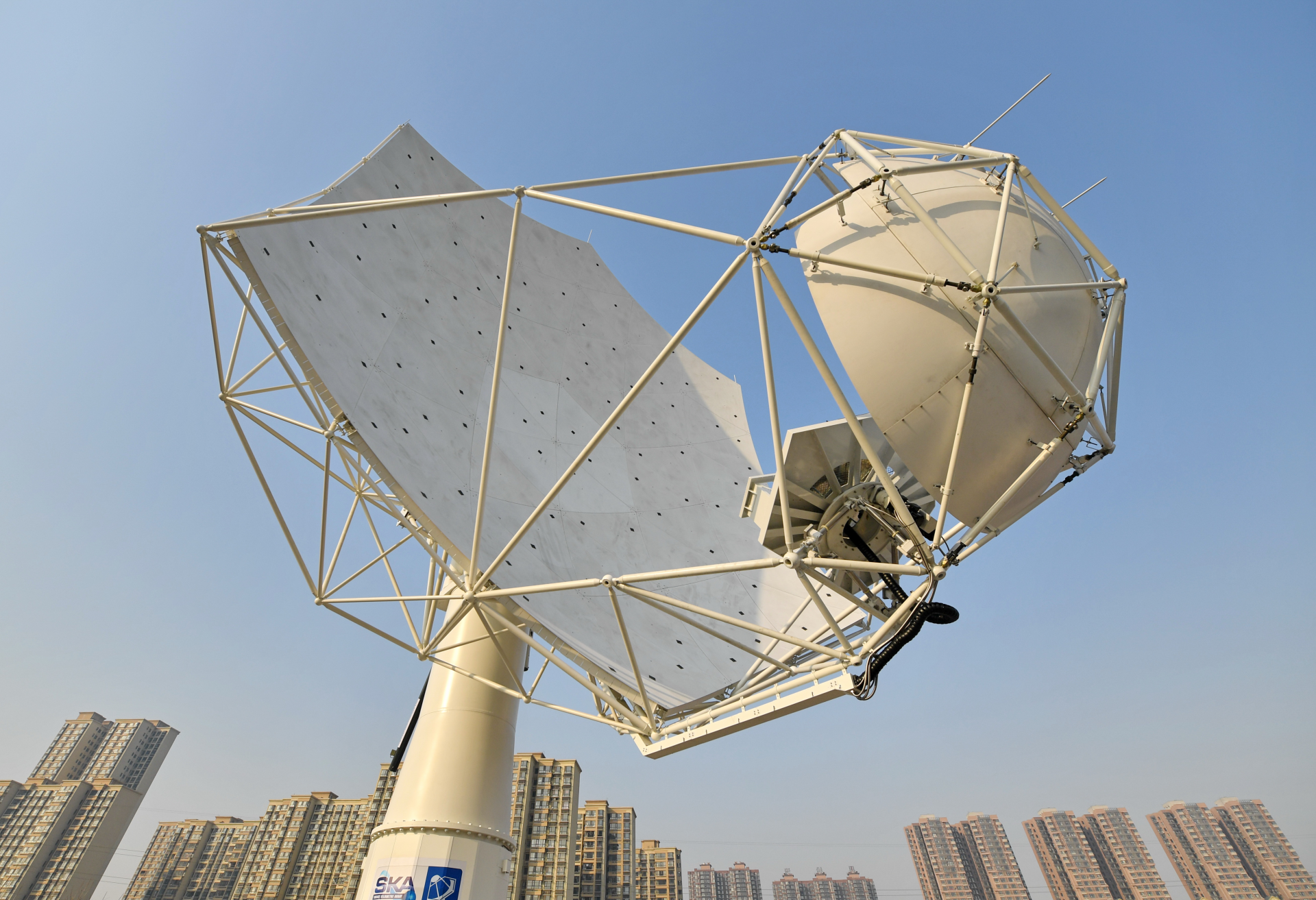BEIJING, June 30 (Xinhua) -- The energy generated by a single snowflake falling to the ground is greater than the electromagnetic energy from the cosmic microwave background.
Today, in the vast and radio-quiet regions of South Africa and Australia, a major international project in science — the Square Kilometre Array (SKA) radio telescope — is under rapid construction. Upon completion, the SKA will receive radio waves from billions of light-years away and convert them into images, becoming the most sensitive ear to listen to the faint "voices" of the universe. This will enable astronomers to gain insights into the formation and evolution of the first stars and galaxies after the Big Bang, the role of cosmic magnetic fields, the nature of gravity, and even extraterrestrial life.
Joint Exploration to Fill in the Blanks
The SKA will be the world's largest radio telescope in terms of overall aperture, a global collaboration project constructed and operated by multiple countries. Its name derives from its total collecting area of approximately one square kilometer, with stations located in the radio-quiet regions of South Africa, eight other southern African nations, and western Australia.
As a major international scientific endeavor, SKA shoulders the responsibility of undertaking groundbreaking scientific explorations to enhance humanity's understanding of the cosmos and fundamental physical laws. These explorations encompass the formation of the first celestial bodies, the evolution of galaxies, the nature of dark energy, cosmic magnetism, the essence of gravity, life-bearing molecules, and the search for extraterrestrial civilizations. SKA plays a pivotal role in filling the gaps in our fundamental understanding of the universe.

The photo taken on February 6, 2018 shows the first antenna prototype of the SKA project, launched that day in Shijiazhuang, Hebei Province. (Provided by Xinhua News Agency)
As early as 1993, a total of 10 countries, including China, jointly initiated the construction of SKA. As of June 2024, SKA participants had full members encompassing South Africa, Australia, the United Kingdom, China, Italy, the Netherlands, Switzerland, Spain, Portugal and Canada, as well as observers comprising India, France, Germany, Sweden, Japan and the Republic of Korea.
As one of the founding member countries of SKA, China has actively participated in the development of key SKA technologies, as well as the research and development of core equipment and scientific research through extensive international cooperation. In collaboration with international peers, it has played an active role in exploring the mysteries of the universe. Guided by the National Remote Sensing Center of China under the Ministry of Science and Technology (or the SKA China Office), scientists from the Shanghai Astronomical Observatory of the Chinese Academy of Sciences, the National Astronomical Observatories of the Chinese Academy of Sciences, the 54th Research Institute of China Electronics Technology Group Corporation, the Pengcheng Laboratory, and Guangzhou University have actively participated in SKA activities and continued to make contributions to SKA construction.
Wu Xiangping, a researcher at the National Astronomical Observatories and an academician of the Chinese Academy of Sciences, said SKA brings together the latest scientific and technological achievements in fields such as astronomy, radio, information, communication, computer, and mechanical manufacturing. In the next 10 years, China's SKA science team will carry out research and make breakthroughs in 10 scientific directions such as cosmic reionization detection, pulsar search, timing, and testing of gravitational theory. By conducting large-scale scientific research while carrying out international cooperation, clear scientific goals and the development road map will be established.
Professor Yin-Zhe Ma, a member of the Academy of Sciences of South Africa and director of the astrophysics division of the Department of Physics at Stellenbosch University, South Africa, said that China has experience in the design and experimentation of the Five-hundred-meter Aperture Spherical radio Telescope (FAST), dubbed the "China Sky Eye" project, while South Africa has demonstrated its ability to construct small and medium-sized array radio telescopes in the construction of the MeerKAT radio telescope in the SKA precursor project. China and South Africa have their own characteristics and strengths in different fields.
Gathering, Merging and Open Sharing of Data
SKA is not only a radio telescope array, but also an advanced data-intensive scientific computing platform. Like all large projects, SKA also faces challenges from all sides. One of the biggest challenges is how to process the massive amount of data. After being built and used, SKA will generate more than 1 EB, or 1 billion GB, of data per year, posing a huge challenge to its imaging, calibration, and data processing.
"One of the biggest challenges is how to process all the data," said Philip Diamond, director general of the Square Kilometre Array Observatory (SKAO). "We will generate more data than any other scientific project, so we need to develop the technology, algorithms and software to process all the data and produce science."

This is a composite photo showing the MeerKAT radio telescope, a precursor project of the SKA, and the huge radio frequency bubbles it observed in the center of the Milky Way galaxy. (Provided by Xinhua News Agency)
With the support and guidance of the Ministry of Science and Technology, the Pengcheng Laboratory and the team of Professor Wang Feng at Guangzhou University have formed a research team to complement each other's advantages in the construction of the SKA Science Data Processors (SDP) system. Relying on the "Pengcheng Cloud Brain" large-scale device, the joint research team is using AI technology to develop big data processing and analysis support software packages, big data service platforms, and key technologies for PB-level big data gathering, merging, open sharing and efficient processing.

The photo released on July 1, 2021 shows the site of "Pengcheng Cloud Brain II" after it topped the IO500 list again with top performance. (Provided by the Pengcheng Laboratory)
Looking Up at the Stars Ceaselessly
At present, MeerKAT, a precursor project of SKA located in South Africa, produces about 4 GB of data per second. Although the data volume is only one-tenth of that for SKA, it is still huge. Through close cooperation with the South African SKA team, the Chinese research team has carried out collaborative research on the near-real-time processing of massive data and has achieved a large number of early results.

The team of Professor Wang Feng (2nd from left) at Guangzhou University and Oleg Smirnov (3rd from left), SKA research chairman of the radio astronomy technology center of Rhodes University, discuss SKA data processing issues. (Provided by Professor Wang's team)
"We hope to use China's experience and technology accumulated in the field of AI to solve the key problems that plague SKA data processing and future scientific research, and provide basic support for scientists from all over the world to use and analyze SKA scientific data to achieve scientific results," Wang said, adding that in the future, his team will continue to maintain close cooperation with SKA participating teams from all countries, contribute to the construction and scientific research of SKA, and make greater contributions to exploring the mysteries of the universe and promoting the progress and prosperity of human civilization.
After its completion, SKA will become one of the largest and most advanced scientific facilities on Earth, and it will also become a model for using Chinese AI technology to conduct scientific exploration and promote human scientific and technological progress and prosperity. We should never stop our steps in exploring the mysteries of the universe. In the near future, the SKA will bring more new perspectives to the international astronomical community's continuous exploration of the universe and make greater contributions to leading humans to break through new areas of cognition. (Dong Daoyong)




 A single purchase
A single purchase









